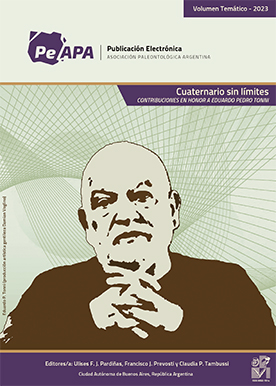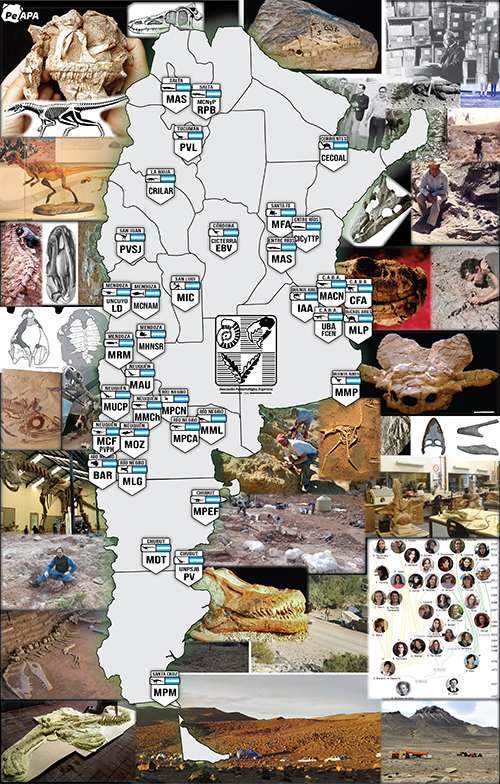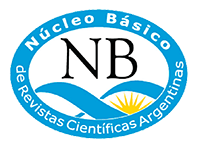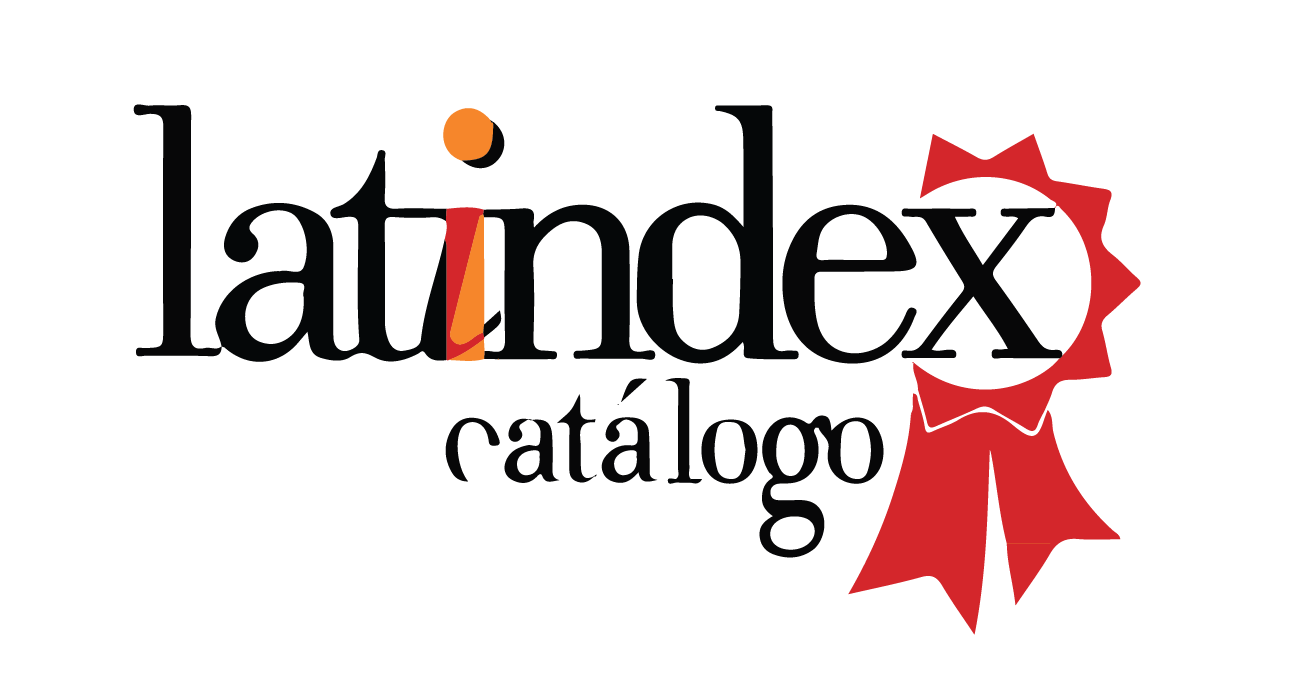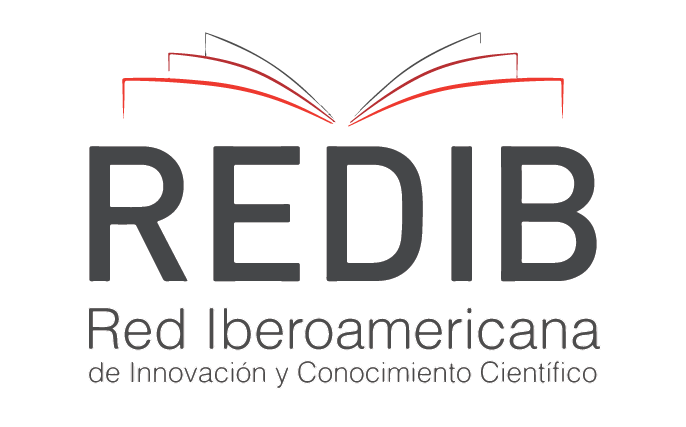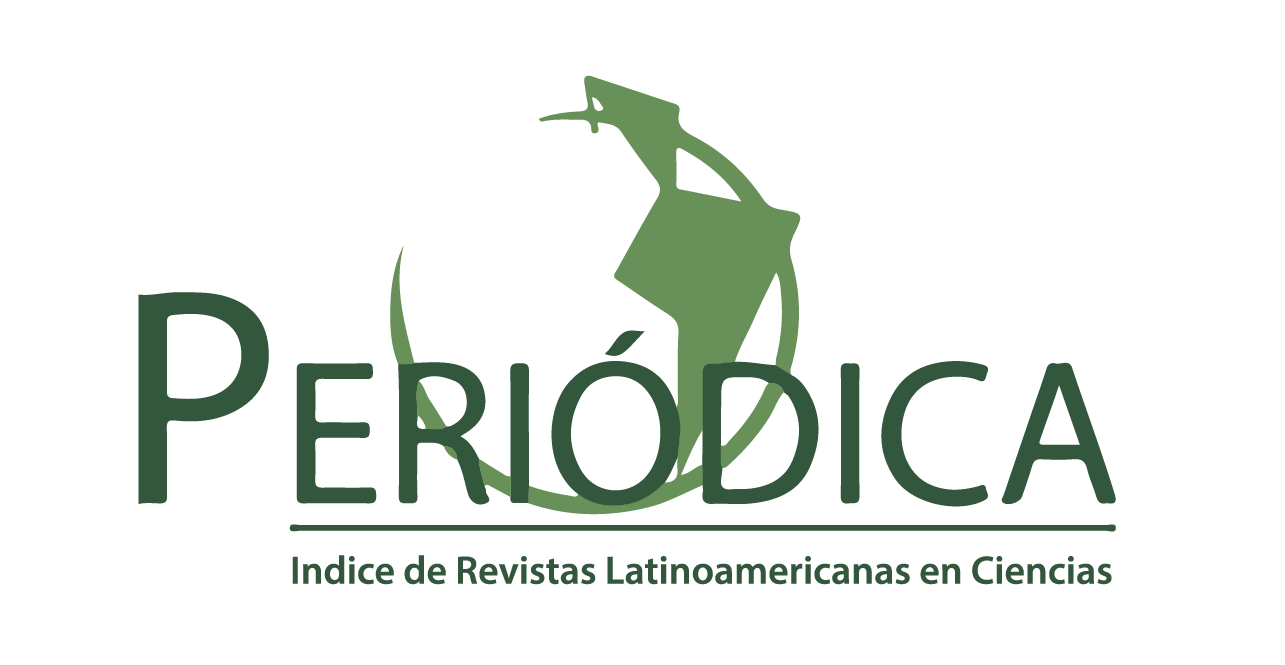ESTADO ACTUAL DEL CONOCIMIENTO DE LOS REPTILES MARINOS CRETÁCICOS DE COLOMBIA
DOI:
https://doi.org/10.5710/PEAPA.12.06.2015.98Resumen
Resumen. En este artículo se pretende mostrar el estado actual del conocimiento de los reptiles marinos cretácicos de Colombia. Se ofrece una breve síntesis histórica de los estudios realizados, se brinda un panorama de los taxones presentes y se discuten algunos aspectos de su distribución geográfica y estratigráfica. La revisión realizada revela que en los sedimentos marinos cretácicos de Colombia los restos de reptiles marinos son abundantes e incluyen fósiles de tortugas, plesiosaurios, ictiosaurios y mosasaurios. Aunque las publicaciones sobre este material son aún escasas, el incremento de la participación de investigadores nacionales en el estudio de los restos de reptiles marinos ofrece un panorama alentador para el desarrollo de esta rama de la paleontología en Colombia. Los estudios y descripciones realizados ofrecen las primeras bases para sugerir que hubo cambios en la distribución, asociación y abundancia de los distintos grupos que habitaron el mar colombiano a lo largo del Cretácico. Las tortugas, los ictiosaurios y los pliosauroideos tienen una distribución limitada geográficamente y temporalmente a los inicios de la ingresión marina (Cretácico Temprano), mientras los plesiosauroideos amplían su distribución hasta el tiempo de la mayor inundación (Turoniano). Los mosasaurios aparecen con la mayor inundación y permanecen en el mar colombiano durante todo el Cretácico Tardío.
PALABRAS CLAVE. Reptiles marinos. Cretácico. Colombia. Suramérica.
Abstract. STATE OF KNOWLEDGE OF THE CRETACIC MARINE REPTILES OF COLOMBIA. This article intends to show the current state of knowledge of the cretaceous marine reptiles of Colombia. A brief historical overview of the conducted studies is offered, an overview of taxa is provided and some aspects of their geographic and stratigraphic distribution are discussed. The review carried out reveals that in the Cretaceous marine sediments of Colombia the remains of marine reptiles are plentiful and include fossils of turtles, plesiosaurs, ichthyosaurs and mosasaurs. Although the literature on this material is still scarce, the increased participation of national researchers in the study of the remains of marine reptiles provides an encouraging panorama for the development of this branch of paleontology in Colombia. The studies and descriptions made offer the first bases to suggest that there were changes in the distribution, assemblage and abundance of the different groups that inhabited the Colombian sea throughout the Cretaceous. Turtles, ichthyosaurs and pliosauroids show a geographic and temporal distribution limited to the marine ingression (Early Cretaceous), while the plesiosauroids extend its distribution until the time of maximum flooding (Turonian). The mosasaurs appear during the major inundation and remain in the Colombian sea throughout the Late Cretaceous.
KEY WORDS. Marine reptiles. Cretaceous. Colombia. South America.
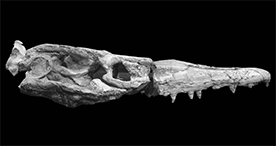
Descargas
Publicado
Número
Sección
Licencia
Derechos de autor 2015 Publicación Electrónica de la Asociación Paleontológica Argentina

Esta obra está bajo una licencia internacional Creative Commons Atribución-SinDerivadas 4.0.

Los/las autores/as conservan los derechos de autor/a y garantizan a la revista el derecho de ser la primera publicación del trabajo licenciado bajo una licencia CC Attribution-NonCommercial 4.0 que permite a otros/as compartir el trabajo con el reconocimiento de la autoría y de la publicación inicial en esta revista.





